Create a UIView Like this and set the height of the center item as your wish.

And then in TabbarView Controller. add this view to the tabbar View Like this.
UITabBar.appearance().shadowImage = UIImage()
customNavBar = NSBundle.mainBundle().loadNibNamed("CustomTabBarView", owner: self, options: nil)[0] as! UIView
bdNavBar.translatesAutoresizingMaskIntoConstraints = false
self.tabBar.addSubview(customNavBar)
And then add Constraints to the custom Tabbar.
self.view.addConstraint(NSLayoutConstraint(item: customNavBar, attribute: .Left, relatedBy: .Equal, toItem: self.view, attribute: .Left, multiplier: 1.0, constant: 0))
self.view.addConstraint(NSLayoutConstraint(item: customNavBar, attribute: .Right, relatedBy: .Equal, toItem: self.view, attribute: .Right, multiplier: 1.0, constant: 0))
self.view.addConstraint(NSLayoutConstraint(item: customNavBar, attribute: .Bottom, relatedBy: .Equal, toItem: self.view, attribute: .Bottom, multiplier: 1.0, constant: 0))
bdNavBar.addConstraint(NSLayoutConstraint(item: customNavBar, attribute: NSLayoutAttribute.Height, relatedBy: .Equal, toItem: nil, attribute: NSLayoutAttribute.NotAnAttribute, multiplier: 1.0, constant: 50))
self.tabBar.bringSubviewToFront(customNavBar)


